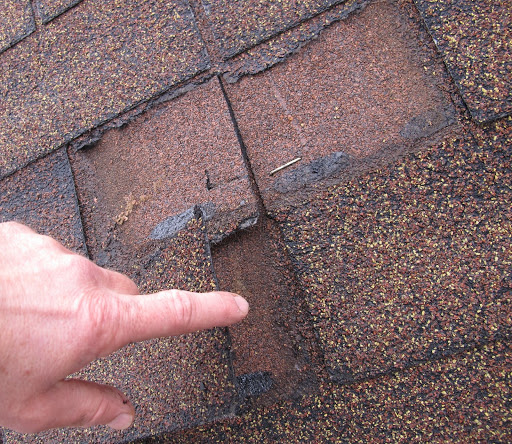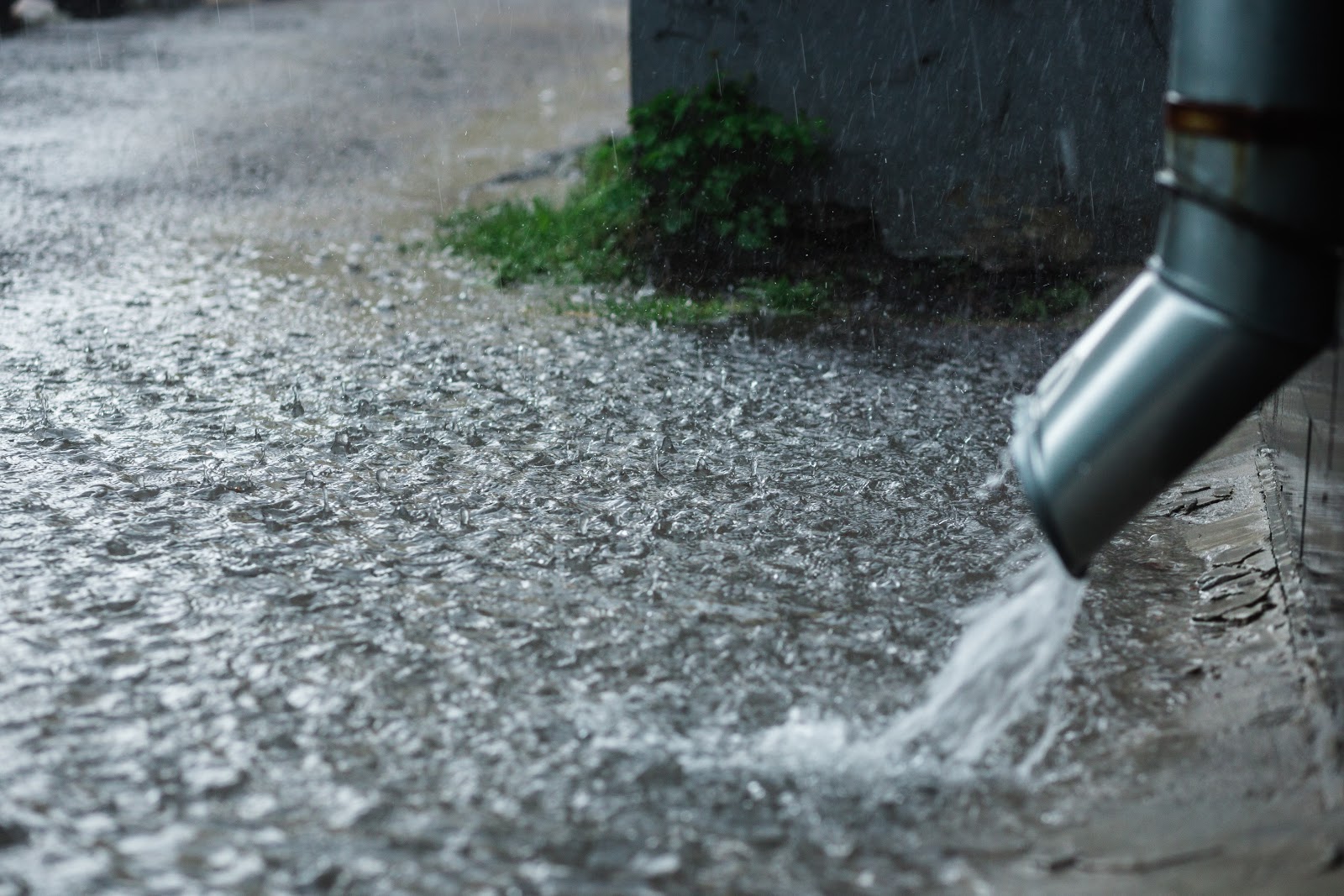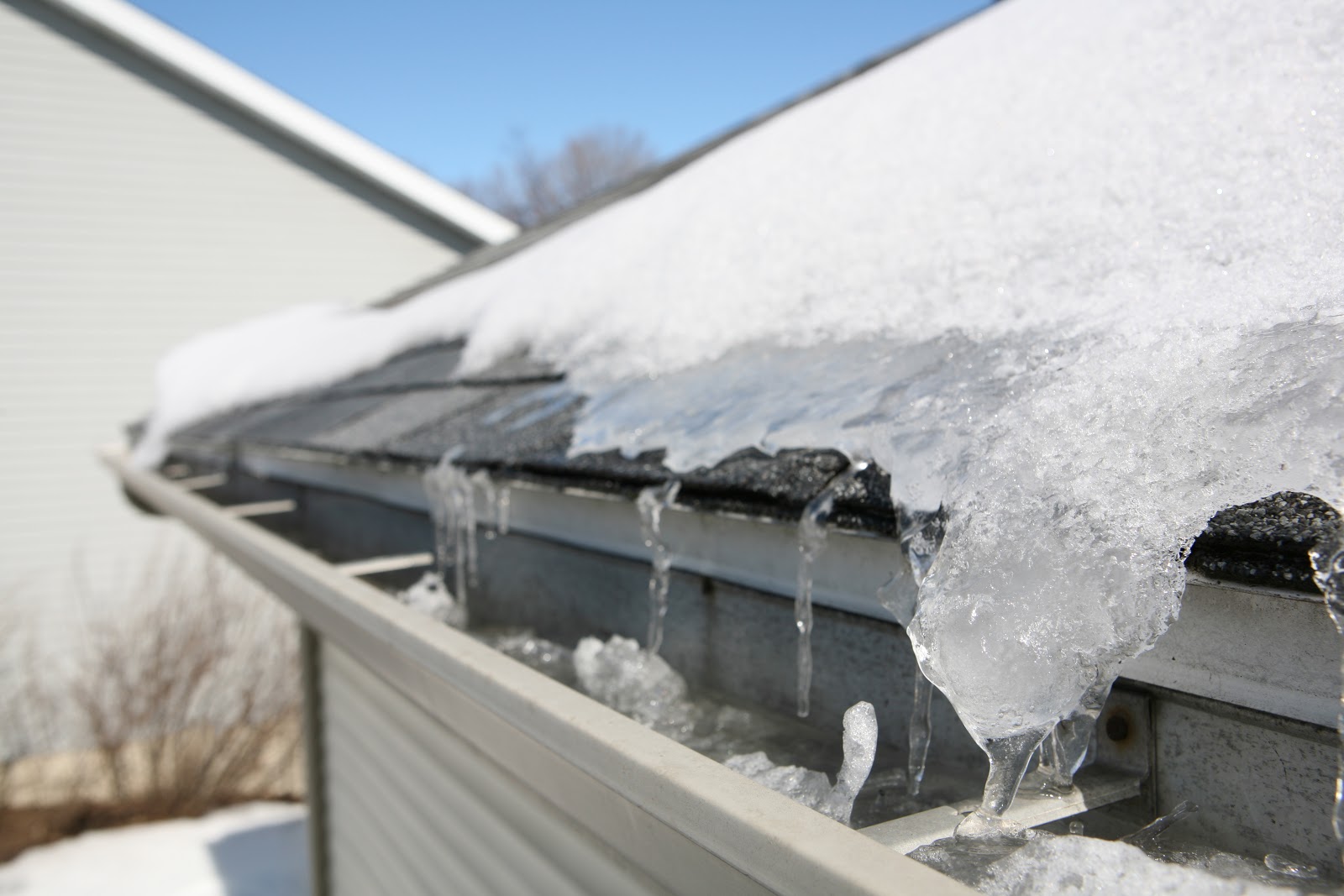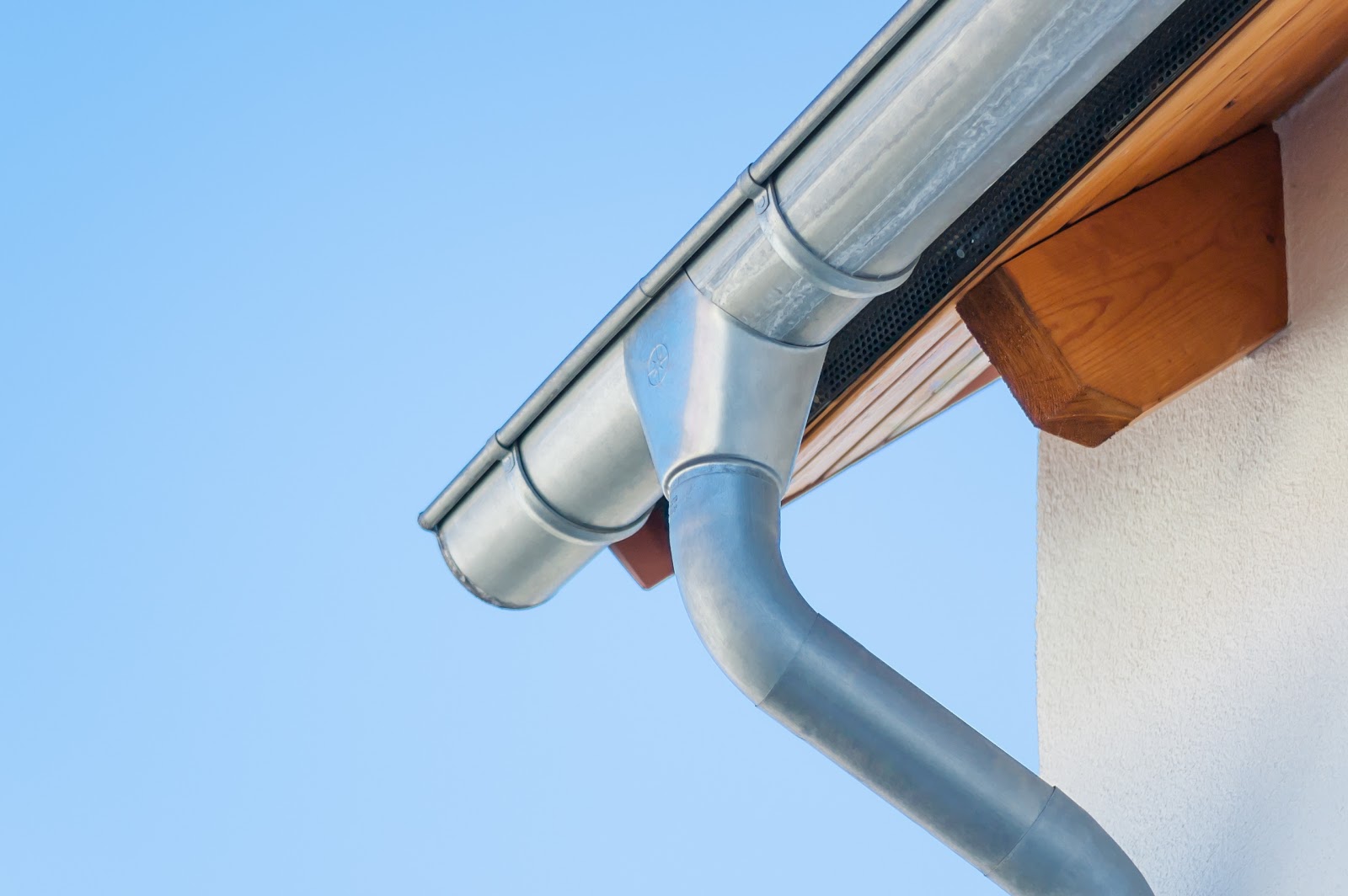5 Signs of Roof Damage
Your roof is the first line of defense in protecting your home, so you’d think that you’d know when it’s failing, right? Surprisingly, not many people know how to tell when their roof is damaged. Untreated damages can not only hurt other areas of your home, but can also end up costing you in repairs. Pay attention to these five signs of roof damage.
Water Spots on the Ceiling
Your ceiling is the closest part of your interior to the roof. If you start seeing some strange spots and patterns forming on the ceiling, chances are there’s something going on outside. Yellow water spots usually mean that your roof has a leak. Leaks can be tricky to deal pinpoint because they don’t necessarily travel straight down. They can travel along roof panels or lumber in your attic before they find a spot to drip down.
Cracked Shingles
Cracking on your shingles can be a telltale sign that your roof is damaged. Shingles usually crack because their granules wear off and they become exposed to direct sunlight. The granules protect the shingles from becoming brittle and once they’re worn off, your roof doesn’t stand a chance against intense weather conditions.
Granules in Gutters and Downspouts
Some granules coming off is part of a normal roof lifecycle, but if you suddenly notice a lot of granules flowing out of your downspouts when it rains, then your roof is probably warning you that there’s something going on up there. Lost granules usually means your shingles are at the end of their service life. If you leave these shingles untreated for too long your roof will become damaged.
Leaks During Temperature Fluctuations
When the temperature fluctuates between warm and freezing temperatures, your roof can develop ice dams. Ice dams are created when the top layer of ice thaws while the bottom stays frozen. Ice dams are dangerous to your roof because they can cause a backup of water, causing your roof to rot if left untreated. During the winter in Georgia, we experience lots of temperature fluctuation. So if you start to see leaks during this time, be sure to call a roofing expert.
Spots on Exterior Walls
If you see spots forming on your exterior walls where the woof meets the wall, you probably have some roofing damage. Flashing is the material that’s used over joints in roofing and wall construction to prevent the water from seeping in. If the spots get worse after it rains, it probably means that the flashing is loose, rusted, or damaged.
Sometimes a roof can reach the end of its lifecycle without ever showing any signs of damage or failure. And even keeping an eye out for these signs still isn’t enough - sometimes, it’s the damage we can’t see that makes all the difference. That’s why it’s important to make sure that you schedule an inspection at least once a year to make sure everything looks okay. Call us at (678) 885-9213 or reach out to us here.





